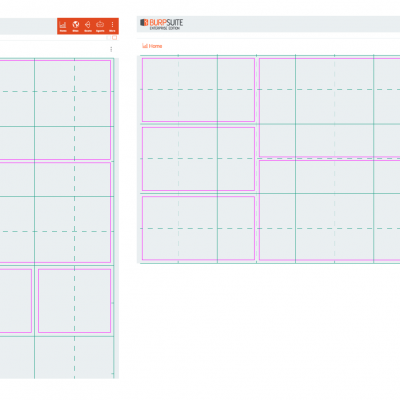What am I most proud of?
Improving design to development communications by introducing an interactive component library.
It is an age-old issue the design and development communication gap. Add in middle management and an ever-growing development team, and you have a real designer challenge.
As the team and product grew, I realised we needed some sort of system to document the rules and code snippets which we had created, before it was too late.
I’d always managed a Style Guide of sorts, but with over 100 components and a now large list of rules to go alongside all of this, it was no longer sharable or intuitive. I’d also become aware of what a lot of design thought-leaders were using to improve design systems.
Of course - thinking big - I jumped to all sorts of fully-fledged design system ideas… but after many collaborative conversations with the team, we decided the best compromise was a component library based on Bradley Frost’s Atomic structure.
Working with some of the developers, I managed to get to a point where we built a living and breathing component library using Storybook. As this was a React based app too, we could make sure the components within it ran of live code, so you had no risk of things going out if date.
I was very proud that I was able to insight this sort of project in a strictly AGILE environment, where previously the only focus has been on product development with little focus on technical and design debt.












